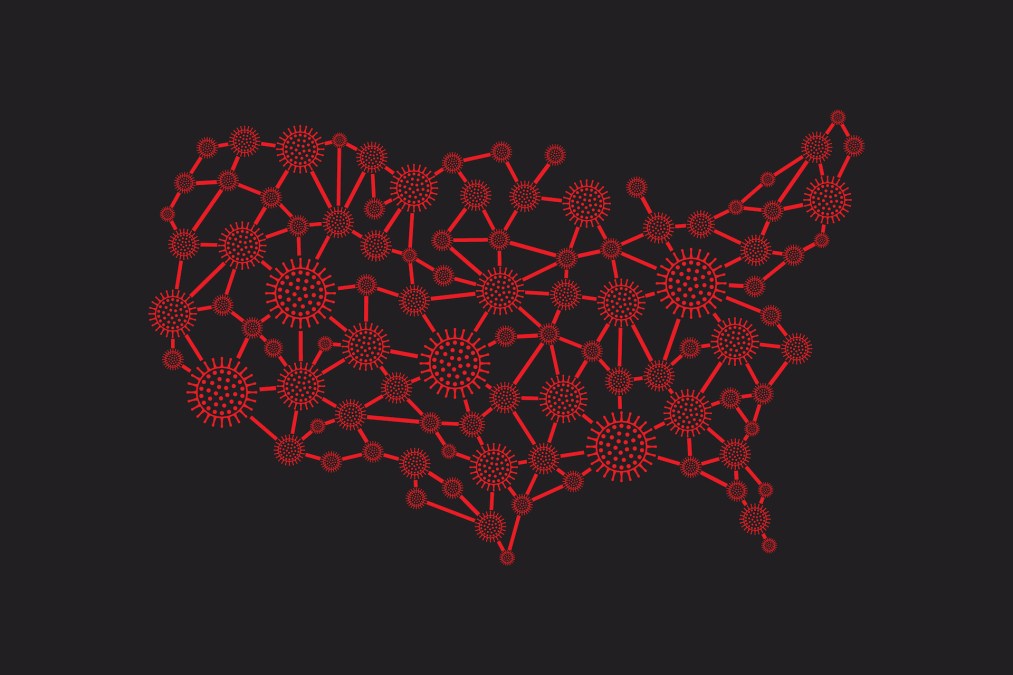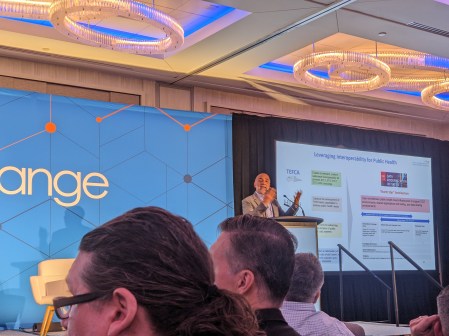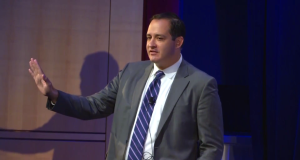CDC exits effort to collect hospitals’ coronavirus data

The Centers for Disease Control and Prevention, bowing to pressure from the White House, is removing its infection tracking system from the federal process for collecting hospital coronavirus data.
The move means that hospitals or state health departments will report COVID-19 data directly to two systems managed by the Department of Health and Human Services. The New York Times reported the change late Tuesday after the new instructions were quietly posted to the HHS website.
The National Health Safety Network (NHSN), the CDC‘s primary disease surveillance system, will no longer gather any hospital data on the virus now that the HHS Protect system created in April can combine data from more than 225 public and private systems.
Before HHS Protect, only about 3,000 of 6,200 hospitals were reporting requested COVID-19 data to the CDC. So HHS procured the TeleTracking system, which behaves like NHSN and allows hospitals to directly report coronavirus data requested by the department.
The department additionally built a capability into HHS Protect, itself, to gather data from more than 20 state health departments that already had input from hospitals.
“We at CDC know that the lifeblood of public health is data,” said Dr. Robert Redfield, CDC director, on a call with reporters Wednesday. “Collecting and disseminating data as rapidly as possible is our top priority and the reason for the policy change that we have discussed today.”
Removing CDC from the equation will reduce duplication of reporting while allowing NHSN to focus on the coronavirus reporting needs of nursing homes and long-term care facilities, Redfield added. NHSN still feeds into HHS Protect for that reason.
TeleTracking, meanwhile, allows HHS to easily update the data it requests from hospitals in terms of treatments used and emerging symptoms.
“I think the change that you’ll see is when additional data elements are requested by HHS — that we think that we need to understand what’s happening across the United States — we will be asking hospitals to report that data,” said Chief Information Officer José Arrieta. “So the biggest impact will be on the data elements that are actually collected.”
Both officials pushed back on the notion that coronavirus data will become harder to access, pointing out about 1,000 CDC experts and 800 state-level partners already use the raw data in HHS Protect. The Times’ report noted that health experts are concerned that coronavirus data could be politicized or withheld from the public.
HHS is working to grant elected officials access as well, Arrieta said, though he didn’t detail any efforts to release HHS Protect data publicly when asked.
TeleTracking is one of eight commercial technologies leveraged by HHS Protect to parse, house and analyze COVID-19 data along with that of Palantir.
“HHS Protect was a way to provide real-time data during this crisis,” Redfield said. “In the long-term we will be working with all our partners across HHS, as well as states and hospitals, to determine how we can best build a system that provides the capability for data use.”






